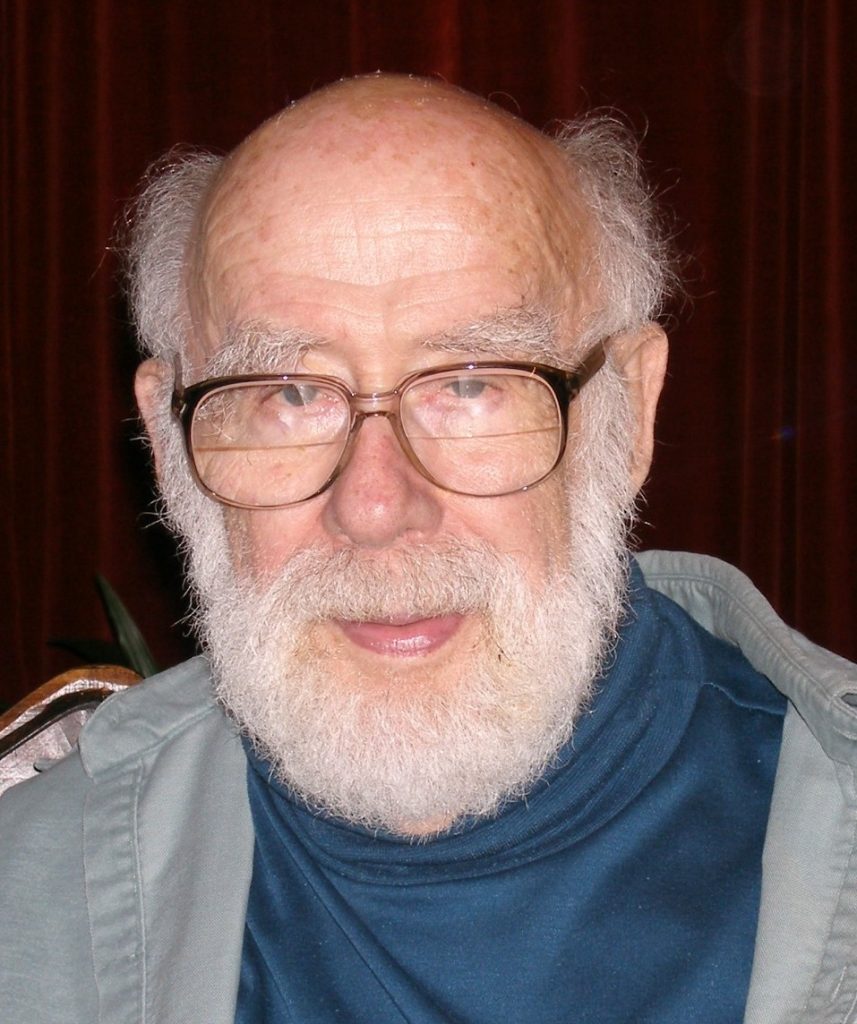John W. Gofman was an American scientist who helped develop plutonium separation techniques during the Manhattan Project.
Gofman received his B.A. in chemistry from Oberlin College in 1939. After starting medical school at Western Reserve Medical School, Gofman left to continue his studies of chemistry, entering the University of California, Berkeley. There Gofman worked with Glenn Seaborg, and for his dissertation he helped discover four radioisotopes, including uranium-233. In the course of his work, he proved that uranium-233 is fissionable. Gofman received his Ph.D. in 1943.
During that time, Gofman also collaborated with Seaborg on work for the Manhattan Project, becoming one of the first chemists to work with plutonium. As co-director of the Plutonium Project at Berkeley, Gofman helped develop two processes for separating plutonium from uranium and the other fission products of the new reactors. These processes were the precursors to the full-scale separation techniques used at Hanford. Gofman also used one of these techniques to produce the first milligram of plutonium for J. Robert Oppenheimer in early 1943, months before the Oak Ridge site was operational. Gofman also helped train the du Pont engineers who were preparing to operate the Hanford site.
Gofman went back to medical school at the University of California, San Francisco, during the war, receiving his M.D. in 1946. In 1947, he received appointments in the Division of Medical Physics at the University of California, Berkeley, and in the Department of Medicine of the University of California, San Francisco. At Berkeley he worked part time in John Lawrence’s clinic treating people with radioactive phosphorous.
As a professor, Gofman turned his attention toward the study of heart disease and lipoproteins in blood. He helped discover the major classes of lipoproteins and their role in heart disease, and, as a result, is called the “father of clinical lipidology.”
Gofman also had extensive involvement with the Lawrence Livermore National Laboratory. In 1954, he helped establish the Medical Department, and he acted as the medical director from 1954 until 1957. In 1963, he established and became the first director of the Biomedical Research Division, where he studied chromosomal abnormalities and cancer.
Later in his life, Gofman became an outspoken critic of nuclear power. He helped found the Committee for Nuclear Responsibility, which he also chaired. Gofman was also instrumental in the adoption of the Linear No-Threshold model and in the wider acceptance of the somatic risks of ionizing radiation.
Gofman retired in 1973, but continued serving on the Committee for Nuclear Responsbility. He died on August 15, 2007.





